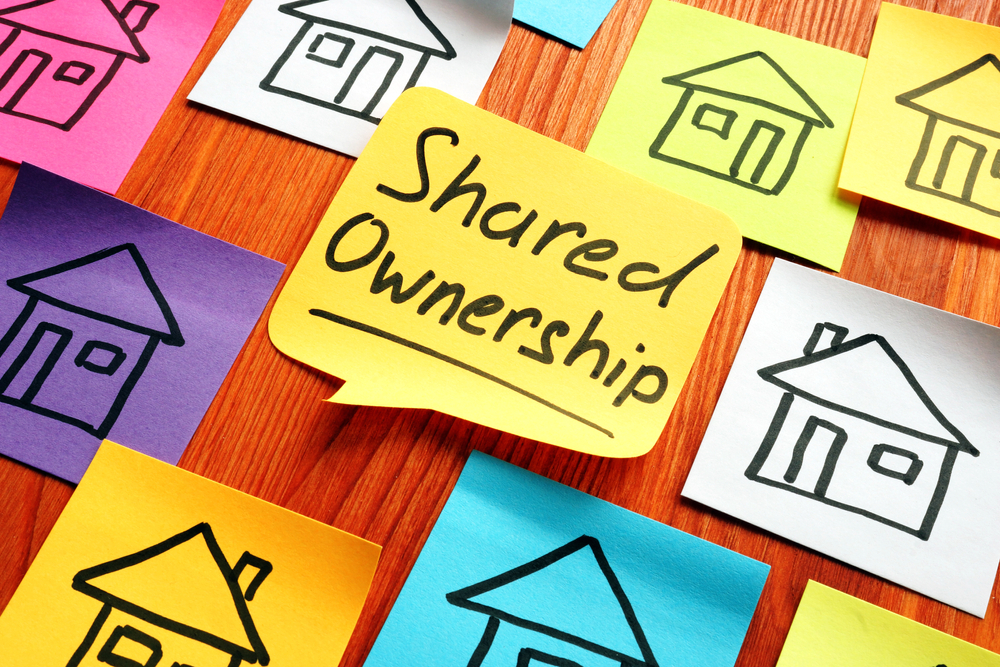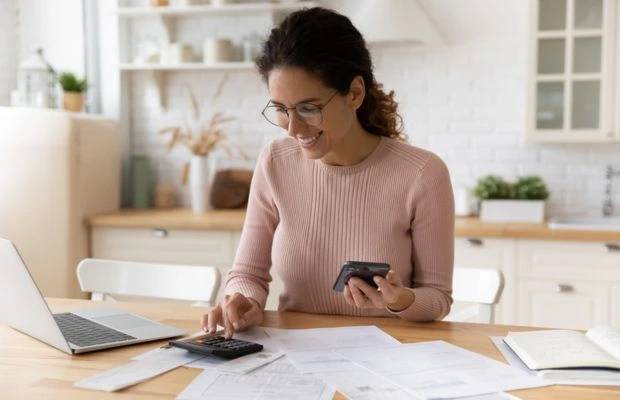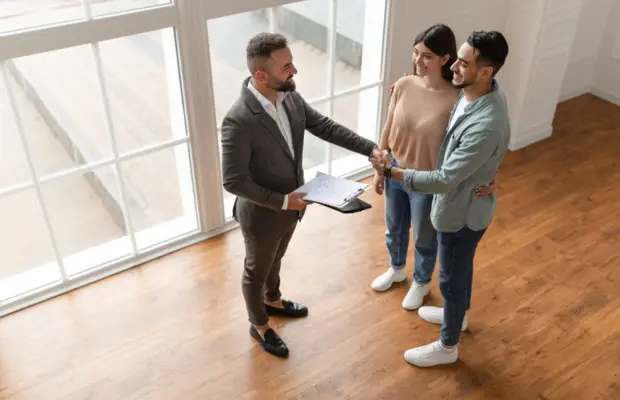Shared Ownership was introduced as part of the government’s Help to Buy programme for people who would like to purchase a home but can’t afford to buy on the open market. For first-time buyers and low-income households, Shared Ownership offers an alternative route to homeownership.
But what is Shared Ownership and how does it work?
This guide tells you everything you need to know…
How does Shared Ownership work?
Buyers using the Shared Ownership scheme buy a percentage share in a property and pay a rental fee to a housing association on the remaining percentage. The share you buy is usually between 25% and 75%.
Your deposit will be around 5-10% of the price of the share, rather than the full market value of the property. Rent for Shared Ownership is also typically lower than what is charged on the open market.
What is a Shared Ownership property?
Shared Ownership properties are either new-build or being sold by an existing Shared Ownership buyer.
The properties are always leasehold, so you’ll need to factor in maintenance and ground rent charges when working out what you can afford.
Who owns the other share?
The remaining share of your home that you don’t purchase is owned by a housing association or developer and you pay rent to them at a reduced rate – usually 2.75% of the property’s value each year, although this can vary.
Can I increase the share I buy?
You can purchase as little as 25% of your Shared Ownership property in most cases, or up to 75% if you wish.
It’s then possible to purchase further shares in your home in the future, which is known as ‘staircasing’.
The rules around staircasing can vary depending on the housing association or developer you buy from and there could be rules on:
- The maximum share you can purchase
- The number of times you can staircase
- When you can start staircasing
In most instances, though, you can staircase your way to 100% ownership, usually in minimum 10% increments.
Important things to note when staircasing
When you apply to increase your share, you’ll need to have your property valued and pay a fee. The share you want to buy will be based on your property’s value at that time – not what you originally paid for it. However, the bigger stake you own in your Shared Ownership home, the less rent you’ll pay.
How to apply for Shared Ownership and the costs you can expect
When buying a Shared Ownership property, this is the process you can expect, alongside some of the costs at each stage:
Check your eligibility
Before applying for Shared Ownership, you should check to see if you’re eligible. You must:
- Be aged 18 or over
- Have a household income of no more than £80,000 (£90,000 in London)
- Not own another home, or be in the process of selling an existing home
- Be unable to afford to buy a home that meets your needs on the open market
- Not be in rent or mortgage arrears
- Be able to show a strong credit history and prove you can meet the payments involved in buying a Shared Ownership home
- Have at least 5-10% of the share you want to buy as a deposit
- Have around £4,000 to cover the costs associated with buying a home
Complete your Shared Ownership application
When completing your application to buy a Shared Ownership property, you’ll go through an affordability check with your local Help to Buy agent. You’ll need to provide details on your income and any debts you have.
Find a Shared Ownership property
Your local Help to Buy agent’s website will show you properties available to buy in your area.
You can book viewings through the housing association or developer who owns the property and if you find a home you like, you can put down a reservation fee to secure it. This is usually between £200 and £500.
Housing Association affordability checks
You’ll also need to go through more checks with the housing association or developer you’re looking to buy from. They will typically ask to see:
- Proof of income (three months of payslips, or your accounts, and P60)
- Proof of savings
- Details of your employment
- Bank statements
- Details of any loans or credit card debts
- Proof of rent or mortgage payments
You’ll also go through a credit check.
Find a Shared Ownership mortgage
Once you have passed your housing association or developer’s own affordability assessment, you’ll go through a similar process with a mortgage lender. The lender will factor in the amount of rent you have to pay on your property and other costs, such as ground rent and service charges. This can affect your borrowing potential
An offer from your housing association
Unlike standard property purchases, you’re not able to make an offer on a Shared Ownership property.
Instead, once you have passed all the affordability checks, your housing association or developer will issue you with an official offer to purchase the property.
Conveyancing and lender valuation
Once you have agreed to purchase your property, you’ll need to appoint a solicitor and complete your mortgage application.
You’ll have to pay your solicitor or conveyancer a fee to carry out the legal work on your purchase, which can cost anywhere between £800 and £1,500. However, some could involve additional costs for local searches.
Your mortgage lender will also carry out a valuation on your property, which is likely to cost around £250.
Exchange of contracts and completion
When all the legal work has been carried out, you’ll exchange contracts with your housing association or developer. This makes your purchase legally binding.
You’ll then complete your purchase and receive the keys to your home once the solicitors have transferred the money to the relevant parties.
What is a Shared Ownership mortgage?
Shared Ownership mortgages cover the share of the property you purchase from your housing association or developer.
As with any kind of mortgage, it’s important to find a deal that works for you. There are many options available with many different lenders when it comes to Shared Ownership mortgages.
Can you rent out a Shared Ownership property?
When you buy a Shared Ownership property, you aren’t usually allowed to rent it out.
In some cases, this may be possible, but you would need the permission of your housing association or developer as the freeholder, as well as your mortgage lender.
If you’re keen to rent out a room to a lodger, while you remain living in the property, this might be possible – but again you would need to speak to your housing association or developer and check the terms of your lease.
How does Shared Ownership work when you sell?
If you staircase your way to 100% ownership, you can sell your property on the open market at any time.
But if you still own less than 100% of your Shared Ownership property, you’ll need your housing association or developer’s permission to sell.
Your housing association or developer will also almost certainly have the right to buy back your property before it can be marketed to other buyers.
They would then have a period of time to find a Shared Ownership buyer themselves. If they fail to find a buyer, you would be able to sell your share on the open market through an estate agent – as long as any buyer fulfils the Shared Ownership criteria.
Are Shared Ownership properties hard to sell?
Because your housing association or developer has a right to buy back your property before you can sell on the open market, this can cause delays in your next move.
Your pool of potential buyers may also be limited, as only a percentage of buyers may be considering Shared Ownership, while not all lenders offer Shared Ownership mortgages.
Can you make a profit on Shared Ownership?
It is possible to make a profit when selling a Shared Ownership property, but how much you can make will depend on the share you’re selling, how much you’ve paid off your mortgage, and how much capital growth the property has enjoyed.
How long does the Shared Ownership process take?
Shared Ownership purchases are generally considered more complex than standard property purchases simply because of the ‘shared ownership’ element. That means the conveyancing process can sometimes take longer. But you should generally allow three to six months from application to completion and receiving the keys to your new home.




